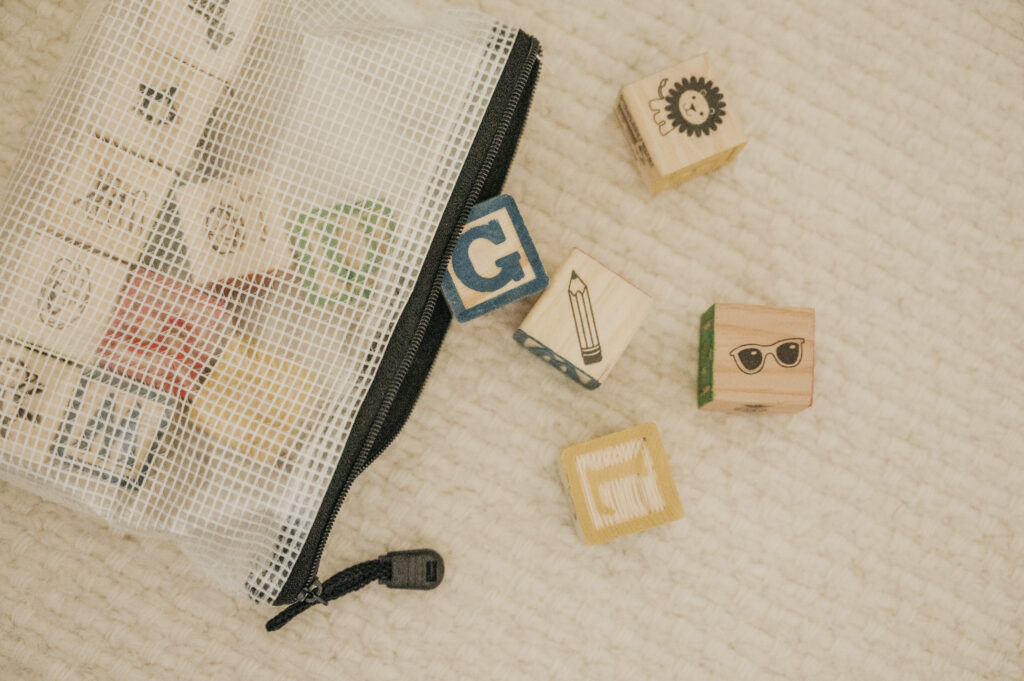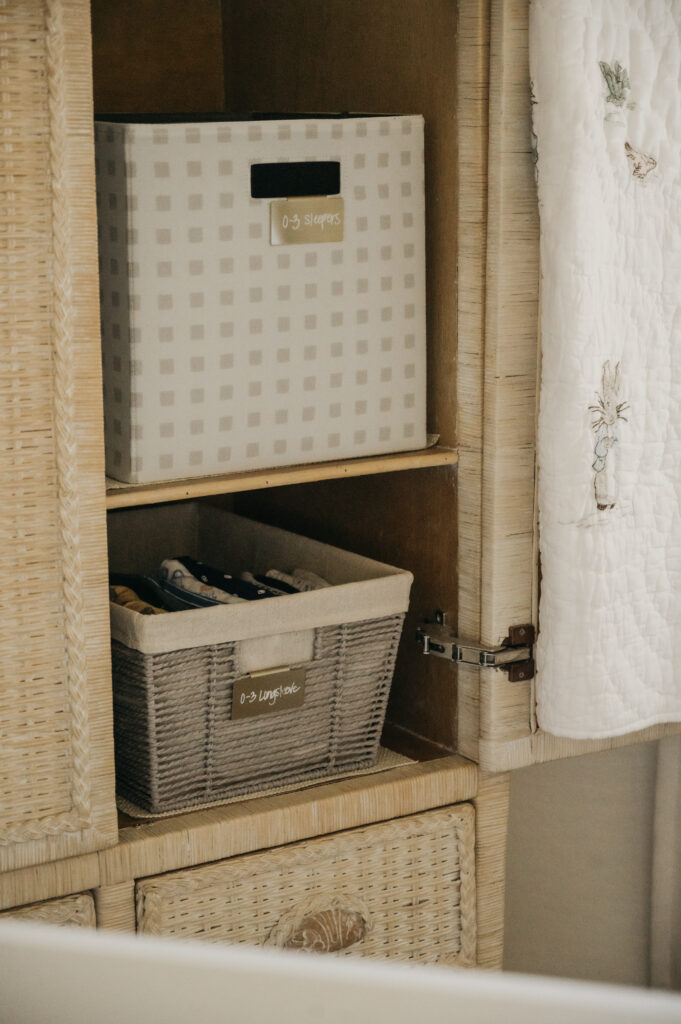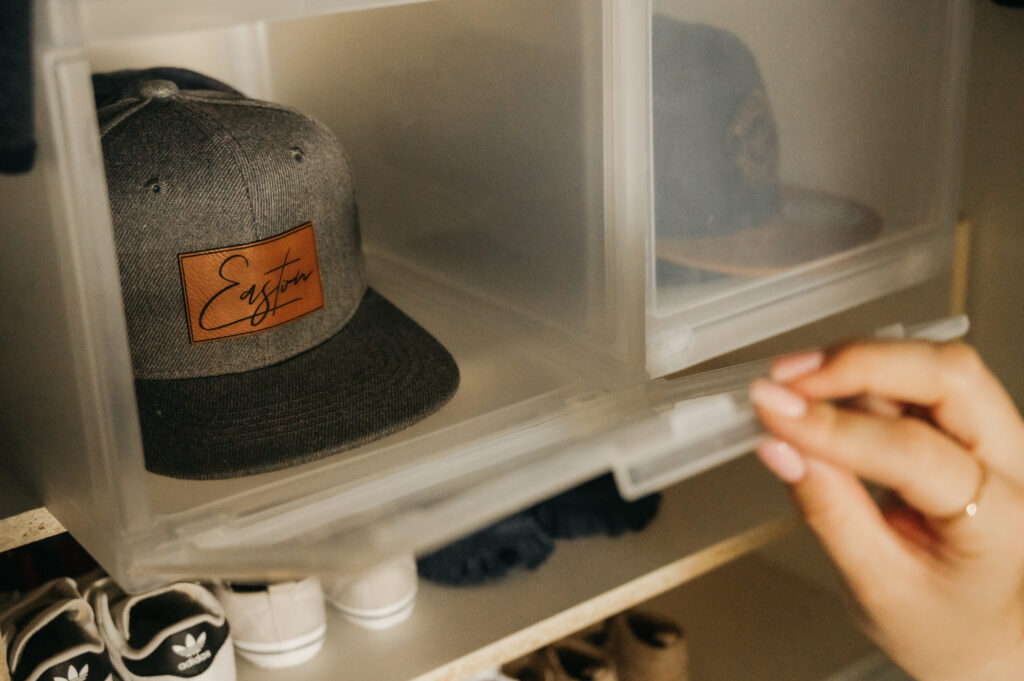Keeping kids’ spaces tidy and organized can feel like a never-ending battle. However, with some practical tips and strategies, you can transform these areas into clutter-free zones that foster independence and responsibility. Here’s how:

1. Involve Your Children in the Process
Involving your kids in the organizing process is crucial. Not only does it teach them valuable skills, but it also gives them a sense of ownership and responsibility for their space.
- Declutter Together: Go through toys, clothes, and books together. Decide what to keep, donate, or toss.
- Assign Age-Appropriate Tasks: Younger children can help sort toys by type, while older kids can manage their own closets.
2. Establish Routines
Routines make organizing a habit rather than a chore. Consistency is key to maintaining a tidy space.
- Daily Tidying: Set aside 10-15 minutes each day for a quick tidy-up session.
- Weekly Clean-Up: Dedicate a specific day of the week for a more thorough clean-up.
3. Use Storage Solutions
Effective storage solutions can make a significant difference in keeping spaces organized.
- Bins and Baskets: Use labeled bins and baskets for toys, art supplies, and other items. This makes it easy for kids to know where things belong.
- Shelving Units: Install low shelving units that are accessible to children, allowing them to easily put things away.
- Multi-Functional Furniture: Opt for furniture with built-in storage, like beds with drawers or benches that double as toy chests.

4. Teach Organization Skills
Teaching your children how to organize is an investment in their future. These skills will benefit them throughout their lives.
- Sorting and Categorizing: Teach kids to sort and categorize their belongings. For example, they can separate toys into categories like action figures, dolls, and building blocks.
- Labeling: Use pictures or words to label storage containers, helping younger children understand where things go.
- Time Management: Encourage kids to manage their time by setting timers for clean-up tasks.
5. Create a Clutter-Free Environment
A clutter-free environment is not only visually appealing but also promotes a sense of calm and order.
- Limit the Number of Toys: Rotate toys regularly, keeping only a few out at a time to avoid overwhelming kids with choices.
- Designated Play Areas: Create specific areas for different activities, such as a reading nook, an art station, and a play zone.
- Regular Purging: Make it a habit to regularly go through items and remove those that are no longer used or needed.

6. Foster Independence and Responsibility
Encouraging independence and responsibility in kids helps them take pride in their space and maintain it.
- Set Clear Expectations: Explain to your children the importance of keeping their space tidy and what is expected of them.
- Reward Systems: Use reward systems like sticker charts to motivate and reinforce positive behavior.
- Lead by Example: Show your children how you keep your own spaces organized and tidy.
By implementing these practical tips and strategies, you can create a tidy and organized environment that not only looks great but also helps your children develop essential life skills. A well-organized space fosters independence, responsibility, and a sense of accomplishment, setting the foundation for a lifetime of good habits.
Happy Organizing,
Candace

View comments
+ Leave a comment